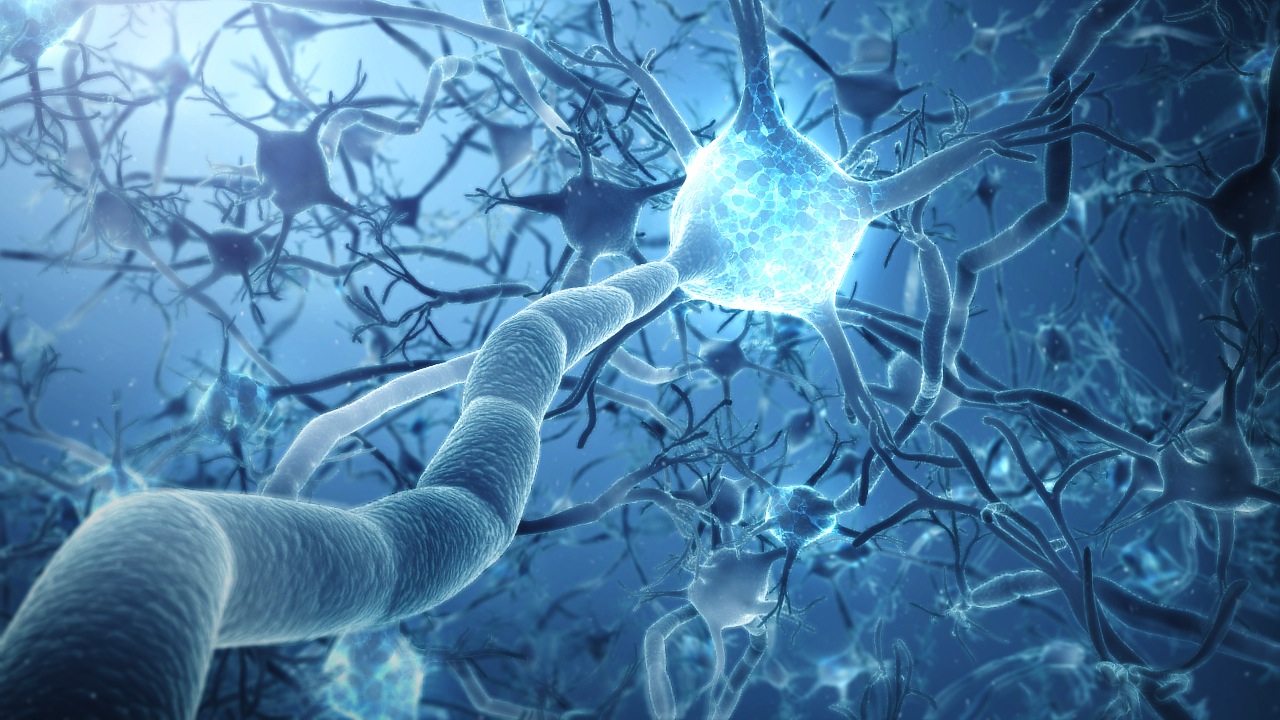It’s taken for granted that as science and human evolution progresses, life expectancy increases. So recent news that Mortality Rates in the US have suddenly risen by 1% has created a media stir.1 The primary reasons for the elevated numbers are drug overdoses, suicides and Alzheimer’s disease (ALD).1 Among these, Alzheimer’s is surprising for many researchers; after all, there is a general belief that people are healthier for longer. In part, it has its roots in the increasing life expectancy itself, more elderly people equates to a greater incidence of Alzheimer’s disease (ALD). 2, 7 But the magnitude is alarming, nevertheless and medicine is making a concerted effort through in research forAlzheimer’s treatments, cures, and diagnostics. One potential breakthrough in ALD might come from molecular screening - a new diagnostic technique that can act as an early warning system for future Alzheimer’s patients before the onset of symptoms.

Before we get into elaborating the molecular screening methods, let’s understand Alzheimer’s in detail. So what is Alzheimer’s?
Alzheimer's disease is a neurodegenerative disorder in which the death of brain cells causes memory loss and cognitive decline. Alzheimer's disease develops and worsens gradually over several years. It particularly passes through five stages.
Alzheimer’s Stages
- preclinical disease,
- mild cognitive impairment,
- mild dementia,
- moderate dementia and
- severe dementia due to Alzheimer’s
The disease is a continuous process, however the five Alzheimer’s stages can help you understand what might happen, although they are only rough generalizations Alzheimer’s symptoms and when they appear may vary.
Diagnosing the Alzheimer’s disease versus treating its symptoms
Alzheimer’s disease (ALD), can manifest into severe behavioral and psychological symptoms including agitation, apathy, hallucinations, memory impairment and confusion. It was not until about 1985 that disease received significant clinical attention, and drugs were developed to manage Alzheimer’s symptoms. So far, Alzheimer’s treatment has been limited to drugs that slow down the death of brain cells or help to initiate cell-to-cell communication; however, these drugs do not extend beyond symptomatic treatment. Reversing Alzheimer’s symptoms after its onset is particularly elusive. 2, 4, 7 Therefore, early diagnosis is key to managing disease progression. Current diagnostic methods, including MRI, PET and CT scans, are only possible after the onset of symptoms. These can classify the stage a patient is in and are helpful in inhibiting the disease progression. Diagnosis before symptom onset could have a drastic impact on patient outcomes. As in many diseases, early diagnosis is key to ALD treatment.
Molecular screening methods
Molecular screening uses imaging methods to screen for biomarkers. 2, 4, 7 Research has isolated biomarkers at the chromosomal, genetic and phenotypic levels that mark the neurodegenerative changes seen in ALD patients, even before the onset of symptoms. 2, 4, 7 Genetic screening can show neuronal changes; controlling the expression of these genes present a giant potential leap in ALD treatment.
Molecular screening is done for patients with risk factors (especially those having ApoE-e4 gene) and present brain functioning is used to evaluate the potential for disease. Commonly employed biomarkers include phospho-tau-181, beta-amyloid(1-42), and Amyloid Precursor Protein (APP) isolations from cerebrospinal fluid (CSF). Potentially, a combination assay of genetic biomarkers could help diagnose ALD more efficiently than targeting specific protein biomarkers. 2, 4, 7
A recently discovered approach looks promising, molecular imaging using fluorescent and radiolabelled compounds in combination with PET scanning. This approach is been used to screen for two potential ALD indicators, amyloid plaques, and damaged microglia.
Benefits of molecular screening methods
Benefits from molecular screening are multifold. First, tracking the activity of the ApoE-e4 gene has been useful in segmenting high-risk groups. Also, molecular markers are instrumental in identifying the point of degeneration enabling more targeted treatment. Several clinical studies, including the Alzheimer’s Disease Cooperative Study (ADCS),2, 4, 7 have shown promising clinical results with low dependency on antidepressant medications and tranquilizers. Knowing earlier, knowing where and how all help patients to lead more normal lives. Much is still to be done to prevent, treat and possibly cure Alzheimer’s disease. Molecular screening is a potential leap forward because it offers the ability for very early diagnosis, or even, prediagnosis.
References
1. First Rise in U.S. Death Rate in Years Surprises Experts2. Richard HODES
3. Richard J. Hodes, M.D. Director, National Institute on Aging, NIH
4. Identifying and validating biomarkers for Alzheimer's disease
5. Identification of a compound which disrupts binding of amyloid-beta to the prion protein using a novel fluorescence-based assay
6. A High-Throughput Screen for Compounds That Inhibit Aggregation of the Alzheimer’s Peptide
7. The pulse of drug development
Migraine: Some Easy Remedies To Manage The Headache
If you've ever had a migraine, you know how it feels when the initial symptoms hit. All you need at that moment is relief from the excruciating pain. That too, quick. And unfortunately, self-cursing doesn’t help. That is when some of these tips might come to your rescue. Read More..








